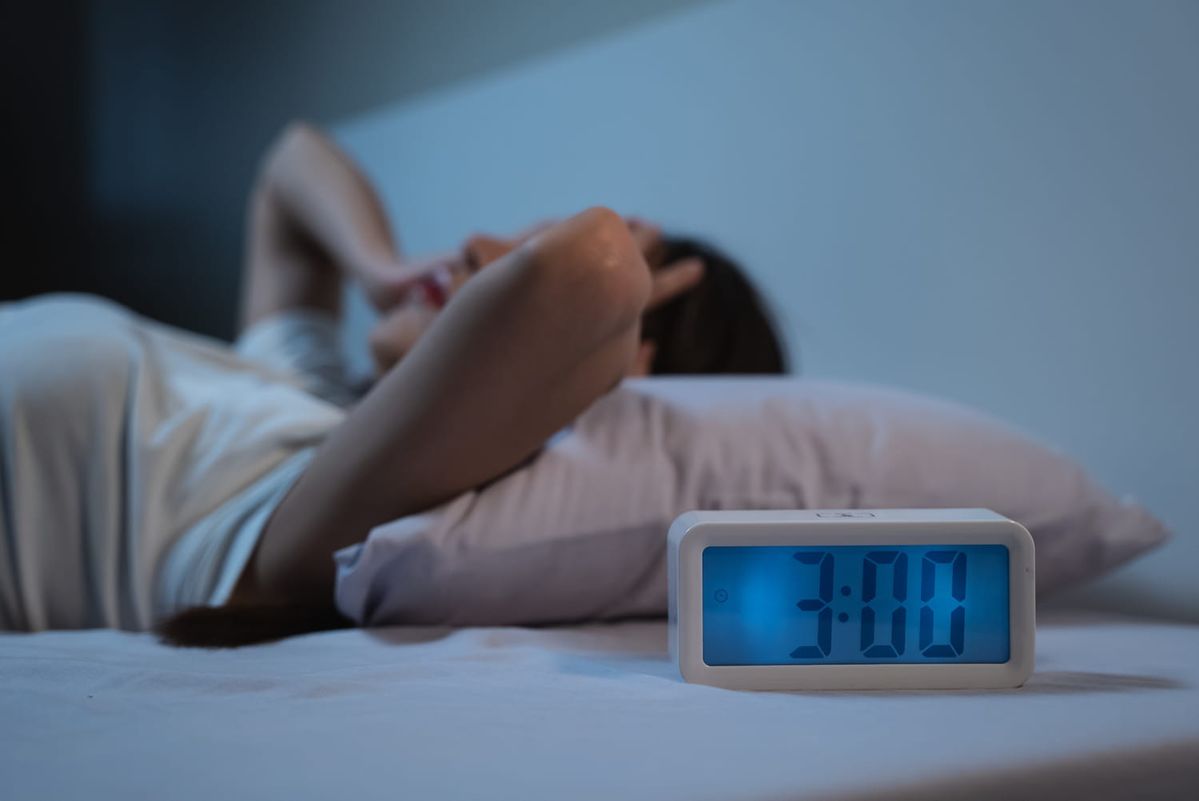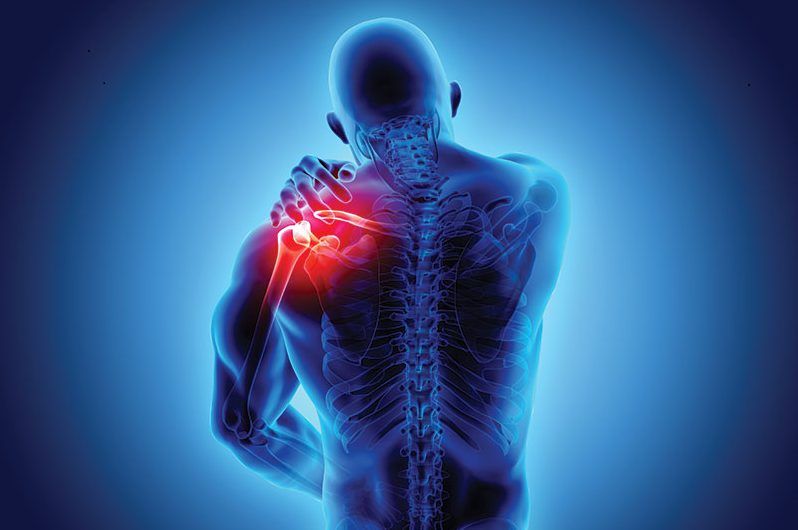If you've been sweating it out at the gym, training for a marathon, or just bustling under daily physical stress, you've probably experienced the annoyance of muscle soreness. While stretching, hydrating, and resting are regular parts of the recovery process, there's a powerful tool that's often overlooked: cold therapy. From ancient ice baths to modern cold plunge therapy, this method has been used for centuries to speed up physical recovery, and it's backed by scientific evidence. Let's delve into why cold therapy might just be the missing link in your recovery routine and how to effectively incorporate it into your life.
What Exactly Is Cold Therapy?
Essentially, what is cold therapy? It's a technique that uses low temperatures to reduce inflammation, relieve pain, and promote recovery. This broad term covers a range of methods, from simple ice therapy (like applying an ice pack to a sprained ankle) to more advanced approaches such as cold plunge sessions, using a cold therapy machine, and even whole body cryotherapy.
The principle behind cold therapy is straightforward: exposing the body to low temperatures causes blood vessels to constrict, thereby reducing swelling and inflammation. When the cold stimulus is removed, blood flow increases, bringing fresh oxygen and nutrients to the affected area, a process that helps accelerate healing. That's why athletes have long used ice baths and cold water therapy to aid their recovery after intense training.
The Benefits of Cold Therapy: Why It Works
The benefits of cold therapy are supported by research, making it a valuable part of any recovery plan. Here are some key advantages:
1.Reducing muscle soreness: Delayed-onset muscle soreness (DOMS) is a common post-workout nuisance. Studies have shown that cold water therapy and cold plunge therapy can significantly reduce DOMS by alleviating inflammation and slowing down the breakdown of muscle tissue.
2.Accelerating recovery: After vasoconstriction, cold therapy can improve blood circulation, helping to flush out metabolic waste products accumulated during exercise, allowing muscles to repair more quickly.
3.Relieving pain: Low temperatures numb nerve endings, providing temporary relief from acute pain, whether it's from exercise, injury, or conditions like frozen shoulder (which can potentially be improved with targeted ice therapy combined with physical exercise).
4.Enhancing performance: Regular use of cold therapy can help athletes reduce rest time due to muscle soreness, enabling them to train more frequently and intensely.
Exploring Different Cold Therapy Methods
Cold therapy isn’t one-size-fits-all. Choose based on your needs and equipment access.
Ice therapy is the simplest form: apply ice packs, ice compress, or frozen gel packs to target pain or swelling (e.g., a sprained knee or hot and cold back pain). For convenience, an ice therapy machine circulates cold water through wraps, delivering continuous therapy to areas like the knee (using a cold therapy unit knee).
Cold plunge therapy uses a tub/pool of 50–59°F (10–15°C) water. Submerging your body for 2–10 minutes delivers full-body benefits, making it a favorite for overall muscle recovery post-intense workouts.
Cold water therapy, similar to cold plunge therapy but less regulated, includes cold showers or cold-water swimming. While budget-friendly, it lacks precise control over temperature and duration, making effects less consistent.
Cold compression therapy combines cold and pressure via a cold therapy unit or wrap. Cold compression effectively reduces injury swelling—pressure prevents fluid buildup, while cold eases inflammation.
Whole body cryotherapy involves 2–3 minutes in a chamber with -200 to -300°F (-129 to -184°C) air. Though research is ongoing, proponents claim it boosts full-body recovery and reduces inflammation.
Hot and Cold Therapy: The Power of Contrast
While cold therapy is effective on its own, combining it with heat therapy (known as hot cold therapy, contrast therapy, or heat cold therapy) can enhance its effects. Contrast therapy stimulates blood circulation through an alternating process between hot and cold temperatures, acting like a "pump": heat dilates blood vessels, and cold constricts them. This alternation improves circulation more effectively than using either alone, making it ideal for chronic conditions or stubborn muscle soreness.
For example, after an intense leg workout, you can soak in warm water for 5 minutes, then switch to a cold plunge for 1 minute, repeating 3 - 4 times. Or, for back pain, you can alternate between a hot compress and an ice compress. This method is often called hot and cold therapy or heat and ice therapy and is favored by physical therapists for its ability to reduce pain and improve mobility.
Choosing the Right Cold Therapy Equipment
If you're ready to incorporate cold therapy into your routine, you'll need the right tools. Here are some options:
1.Cold therapy machine: These devices, such as a cold therapy system, circulate cold water through pads or wraps to provide continuous, controlled cold therapy. They are typically used for post-surgical recovery or acute injuries.
2.Cold plunge tubs: These range from portable, inflatable options to permanent, high-end setups. They are designed for regular full-body cold exposure.
3.Ice therapy machine: Compact and easy to use, these machines are perfect for targeted cold therapy on joints or muscles.
4.Cold therapy unit: A versatile device that can be used with different wraps to apply cold therapy to various parts of the body, including the knees, shoulders, and back.
Is Cold Therapy Right for You?
Most people can safely incorporate cold therapy into their recovery routine, but there are some considerations. If you have Raynaud's disease, poor circulation, or certain heart conditions, consult a doctor before trying it. Additionally, avoid direct and prolonged contact of ice with the skin to prevent frostbite; it's best to use a cloth as a barrier.
If you want to try cold therapy near me, check local gyms, wellness centers, or physical therapy clinics. Many offer cold plunge sessions, whole body cryotherapy, or rentals of cold therapy machine.
Conclusion: Add Cold Therapy to Your Recovery Toolkit
From reducing muscle soreness to accelerating healing, cold therapy offers a range of benefits that make it a must-try for anyone serious about recovery. Whether you choose simple ice therapy, invigorating cold plunge, or the alternating effects of hot and cold therapy, incorporating cold therapy into your routine might just be the missing link you've been looking for. Give it a try and feel its impact on your performance and health.





Leave a comment
All comments are moderated before being published.
This site is protected by hCaptcha and the hCaptcha Privacy Policy and Terms of Service apply.